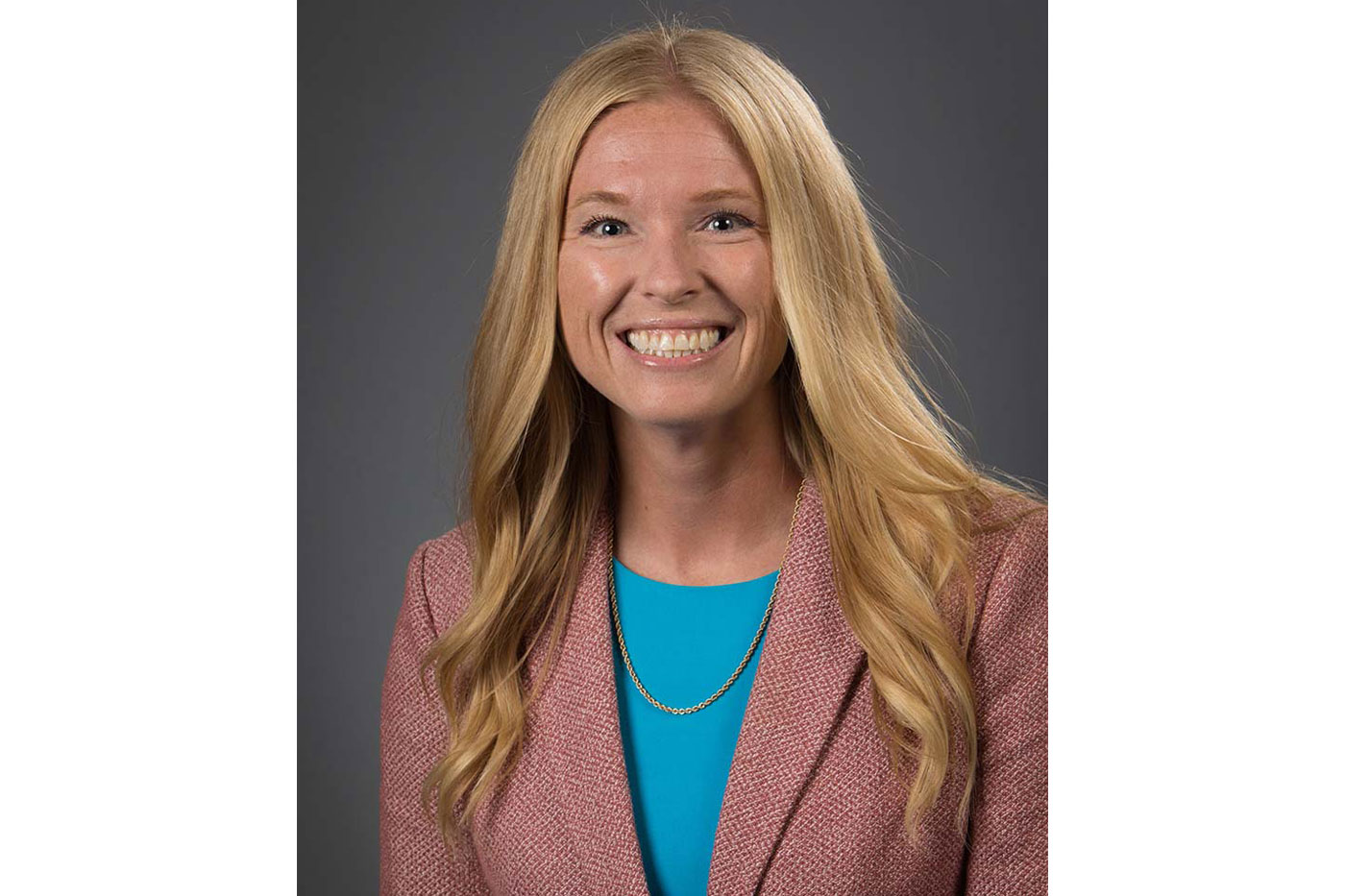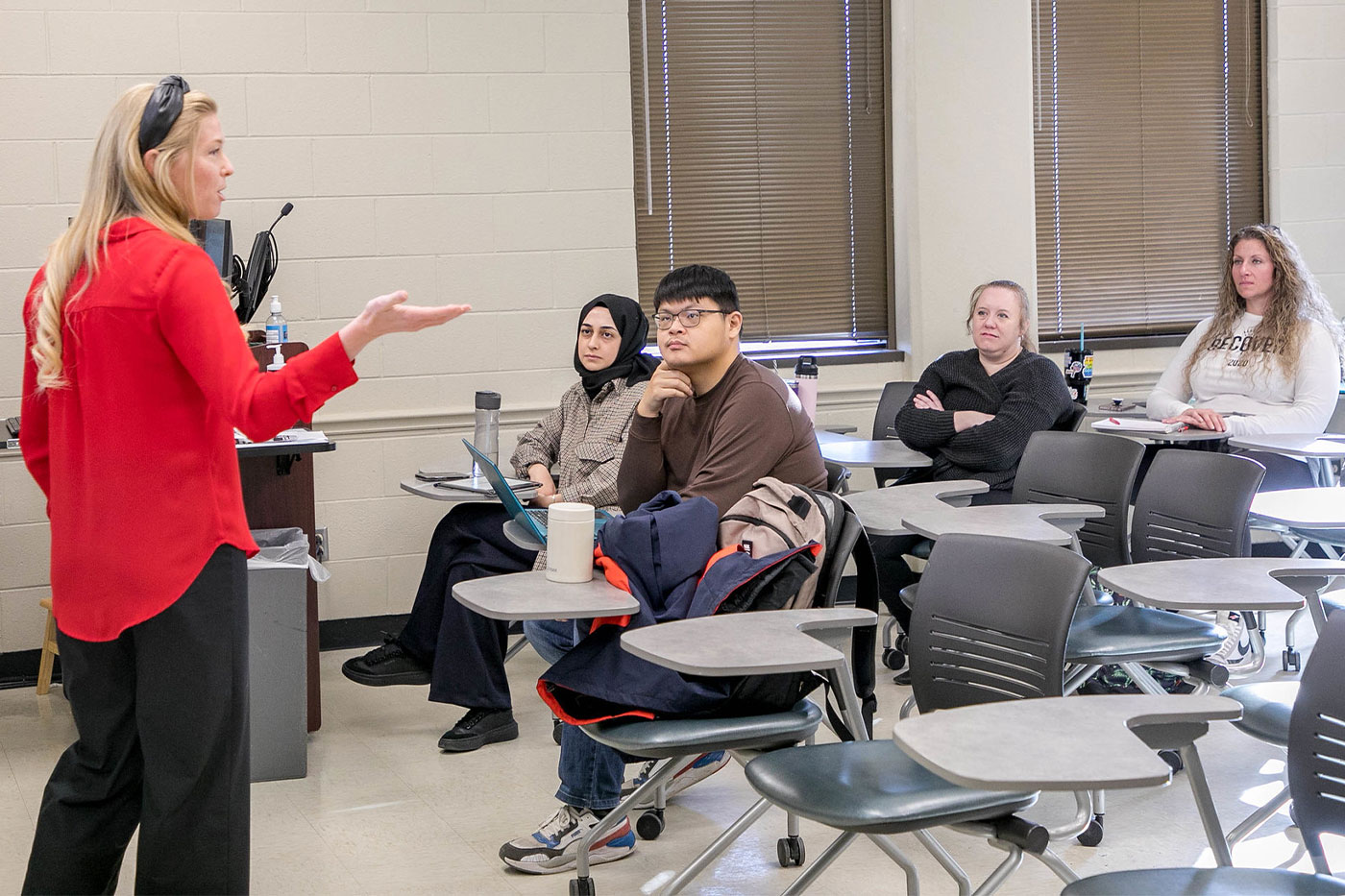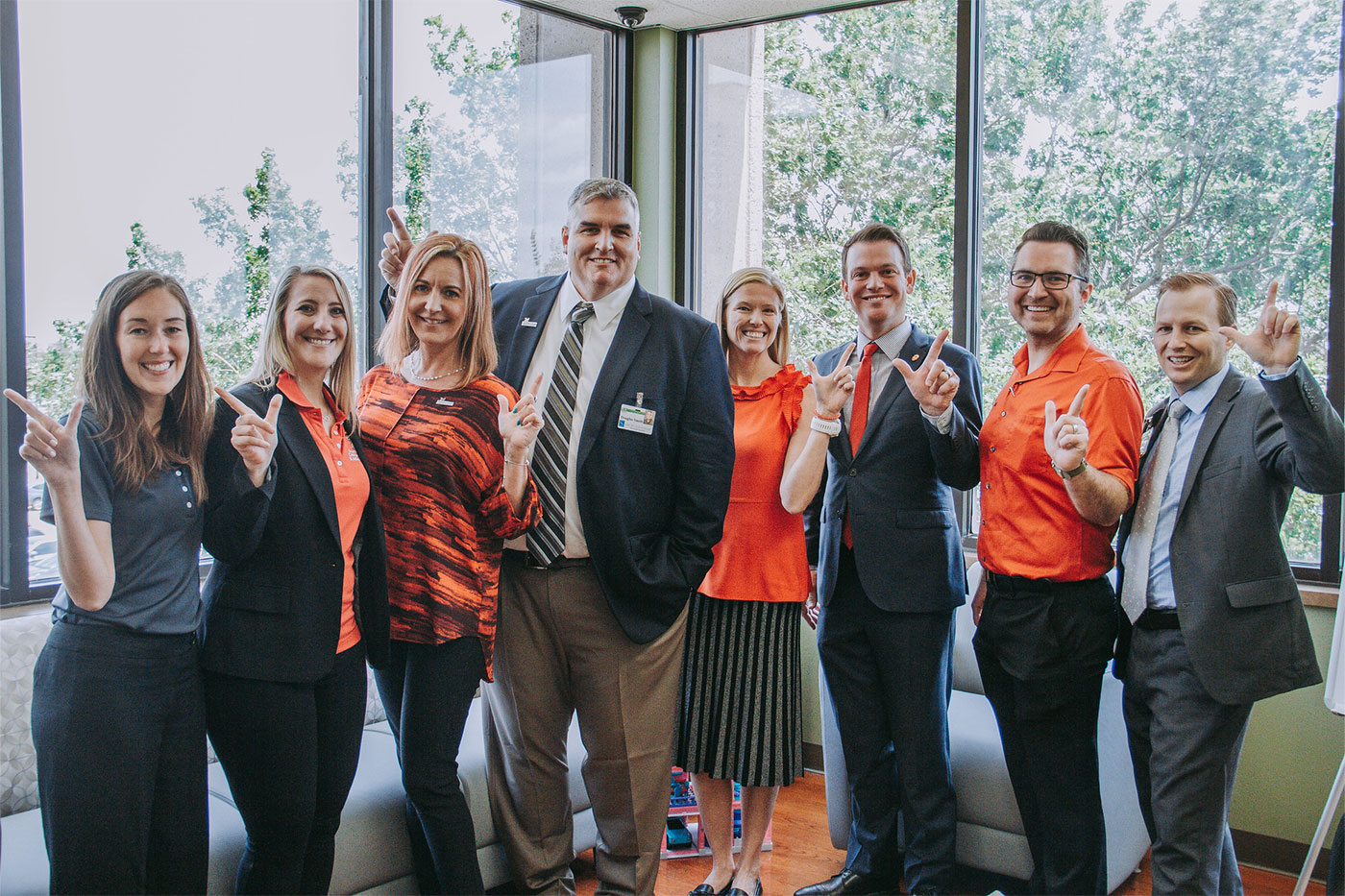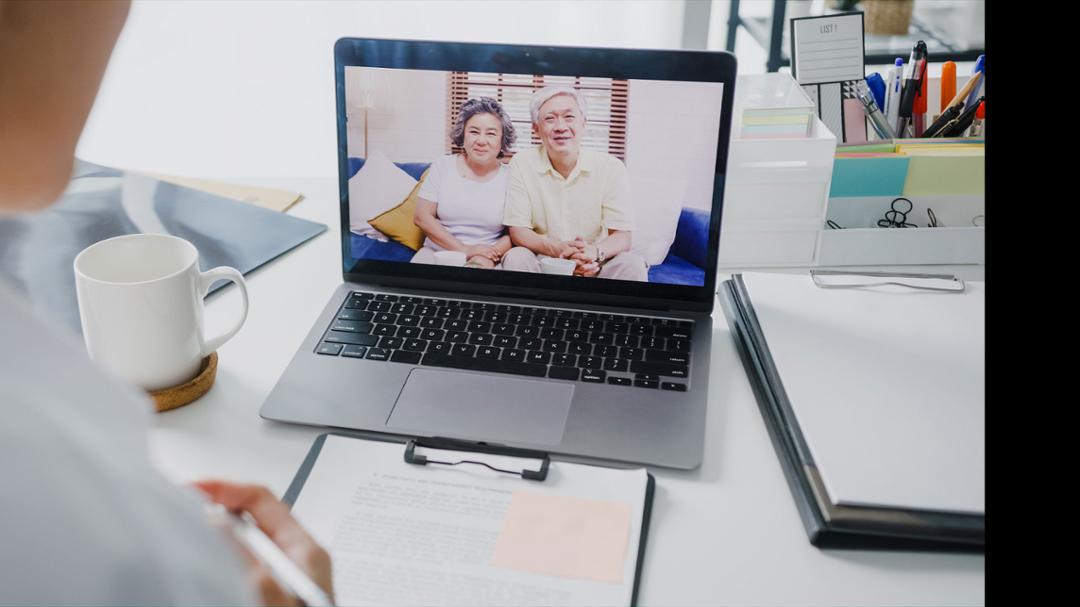Jaclyn Cravens studied relational teletherapy before the COVID-19 pandemic pushed sessions online. Now she believes the format is necessary for the industry’s future.
In 2016, Jaclyn Cravens received several unexpected requests.
In practice for more than 15 years, Cravens is a licensed marriage and family therapist in addition to an associate professor of Community, Family, & Addiction Sciences at Texas Tech University. But she never considered offering relational therapy online – a format several of her clients wanted to explore.
“I thought, ‘I’ve not done online telehealth services. Let me look into some research and see about best practices,’” she disclosed.

Cravens found no such resources available for relational teletherapy, so she decided there was no better way to learn than through practice. With many questions in mind, she began to see a few clients virtually.
“I wanted to start contributing to the research field to better understand not only how to do it well as a relational therapist, but as somebody in the training field,” Cravens explained. “I wanted to know how to help students really learn to do relational telehealth.”
Her clients enjoyed being able to practice the skills she taught in relational teletherapy from the comfort of their home, where they would need to apply them the most. They appreciated the lessened burden of travel to and from their session.
Since relational therapy typically features two clients, the online format also allowed them to sit together beforehand and enter their therapy session in the right frame of mind.
“They can visit with each other to ask themselves what they want to talk about in a really focused manner before therapy,” Cravens said. “Then, being able to stay in the same location after logging off session allows them post processing, which sometimes gets disrupted by having to drive away from therapy. They quickly shift over to, ‘What do we do next? Do we need to run errands? Do you need to stop anywhere before we get home?’”

By January 2020, Cravens published a study in the Journal of Martial and Family Therapy that revealed many graduate training programs were not preparing students to provide telehealth. She found even though most faculty believed the format was relevant and helpful to the field, they did not feel they had the capacity to incorporate the subject.
“These faculty members didn’t think it was something graduate students needed to learn,” she noted. “They believed it was a post-graduation skill they could develop as part of their licensure process, or some felt like it was just not an effective way to do therapy.”
Cravens insists she did not have a crystal ball, therefore had no idea a few months later, the global COVID-19 pandemic would force the widespread and rapid integration of teletherapy – ready or not. As all graduate programs went online, students had to practice teletherapy to gain the clinical hours necessary to graduate.
“It was fortuitous timing,” Cravens said. “I wish COVID-19 didn't happen, don’t get me wrong. But timing-wise, the telehealth research came out at a much-needed time for the field.”
While the pandemic has since passed, the effect relational telehealth had on graduate programs lasted. To determine the change, Cravens conducted a follow-up study with faculty analyzing their views on training graduate students to utilize the online format.
The sample included 123 faculty members from at least 60 different accredited marriage and family therapy master’s and doctoral programs in the U.S. She is in the final stages of that paper but provides a quick summary as “the cat’s out of the bag.”
“There’s no going back,” she insisted. “We’re going to have to continue to integrate telehealth training within our programs to be relevant and meet the needs of our students.”

Even so, Cravens admits there are several lingering questions she uncovered during her follow-up study. For one, there needs to be an ideal balance between in-person, traditional therapy experiences, versus telehealth hours students need to become confident in providing both forms of service.
There are also concerns about continued management of high-risk issues, such as suicidal ideation or any kind of intimate partner abuse. This can cause anxiety for students and their supervisors who are providing relational therapy services in a different location than their clients.
“If we are not in the same room, what might be happening off camera that we’re unaware of?’” Cravens considered. “Or how may the technology being used for services be putting clients at risk if a controlling partner was monitoring a device?”
Another issue is insurance companies denying coverage of online therapy as part of mental health services. While this issue wasn’t as prominent during the pandemic, the regulations tightened once temporary disaster relief policies were removed by the Department of Health and Human Services.
“Couples and families are some of the clients who have lost benefits for relational therapy services,” she said. “I really hope that these studies will help with policies on insurance, reimbursement and coverage for telehealth services.”
Cravens plans to include a few more participants in her follow-up study before it is published, providing input from clients who have experienced relational telehealth firsthand.

She also teamed up with a faculty colleague at Texas Woman’s University who led a grant-funded study into student therapists who recently graduated to determine how relational teletherapy training influenced their competence to provide online services. They used this information to create a four-pillar training model useful for students and therapists alike, with measures that will help determine how prepared they are to provide telehealth therapy.
“It will be a first-of-its-kind study on best practices for training relational therapists and practicing relational telehealth,” she said. “I’m really thrilled about what we found from this study.”
With better prepared students and therapists, Cravens feels confident telehealth can become even more impactful for clients.
“I really hope as we grow, the research showing relational telehealth is effective will make a significant impact on data-informed decision-making,” she resolved. “That’s really critical.”

